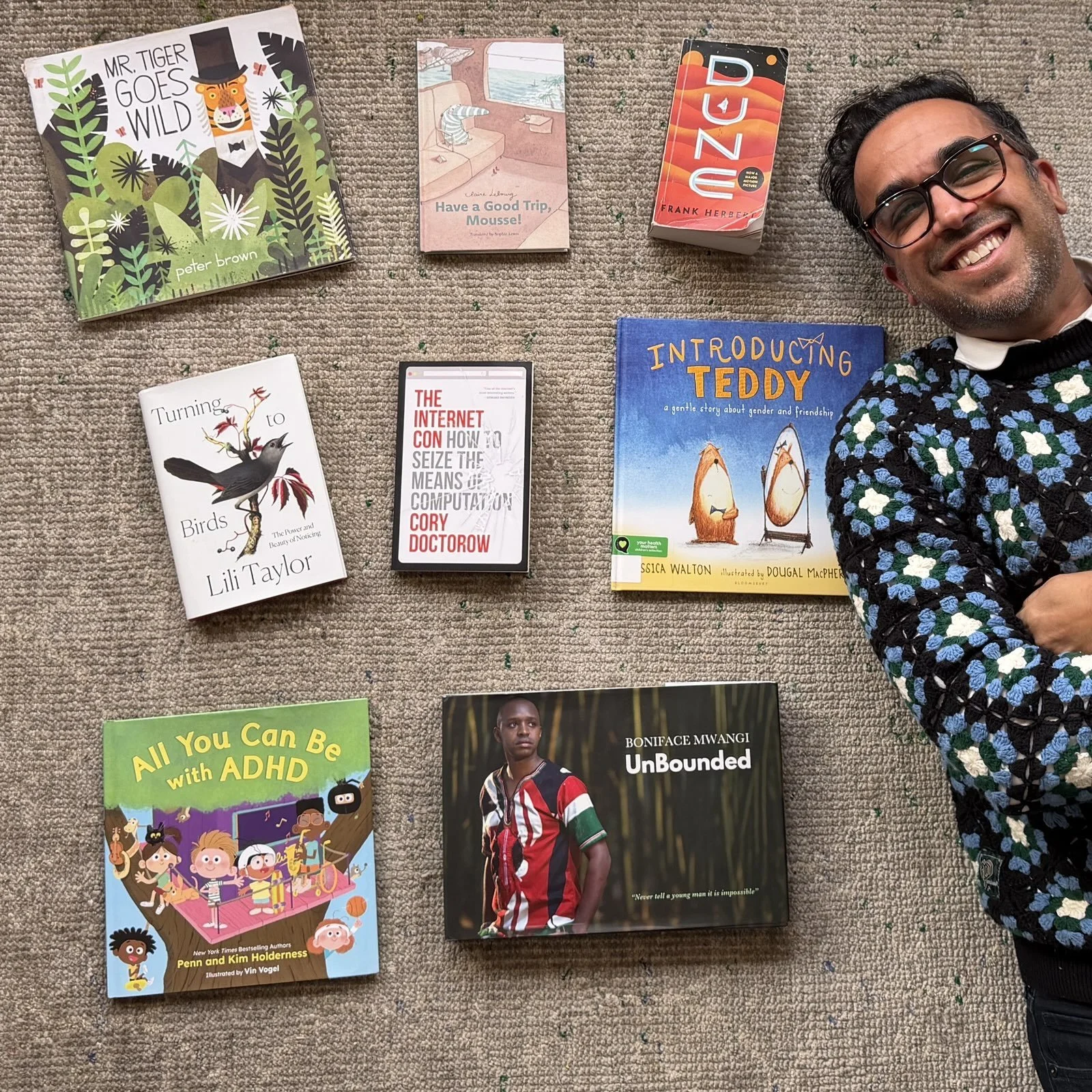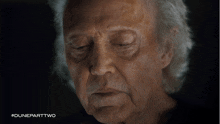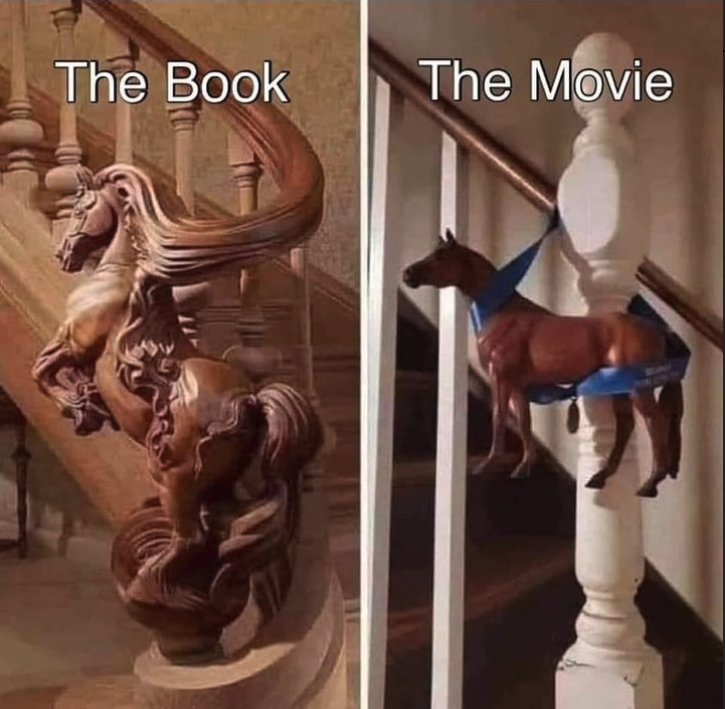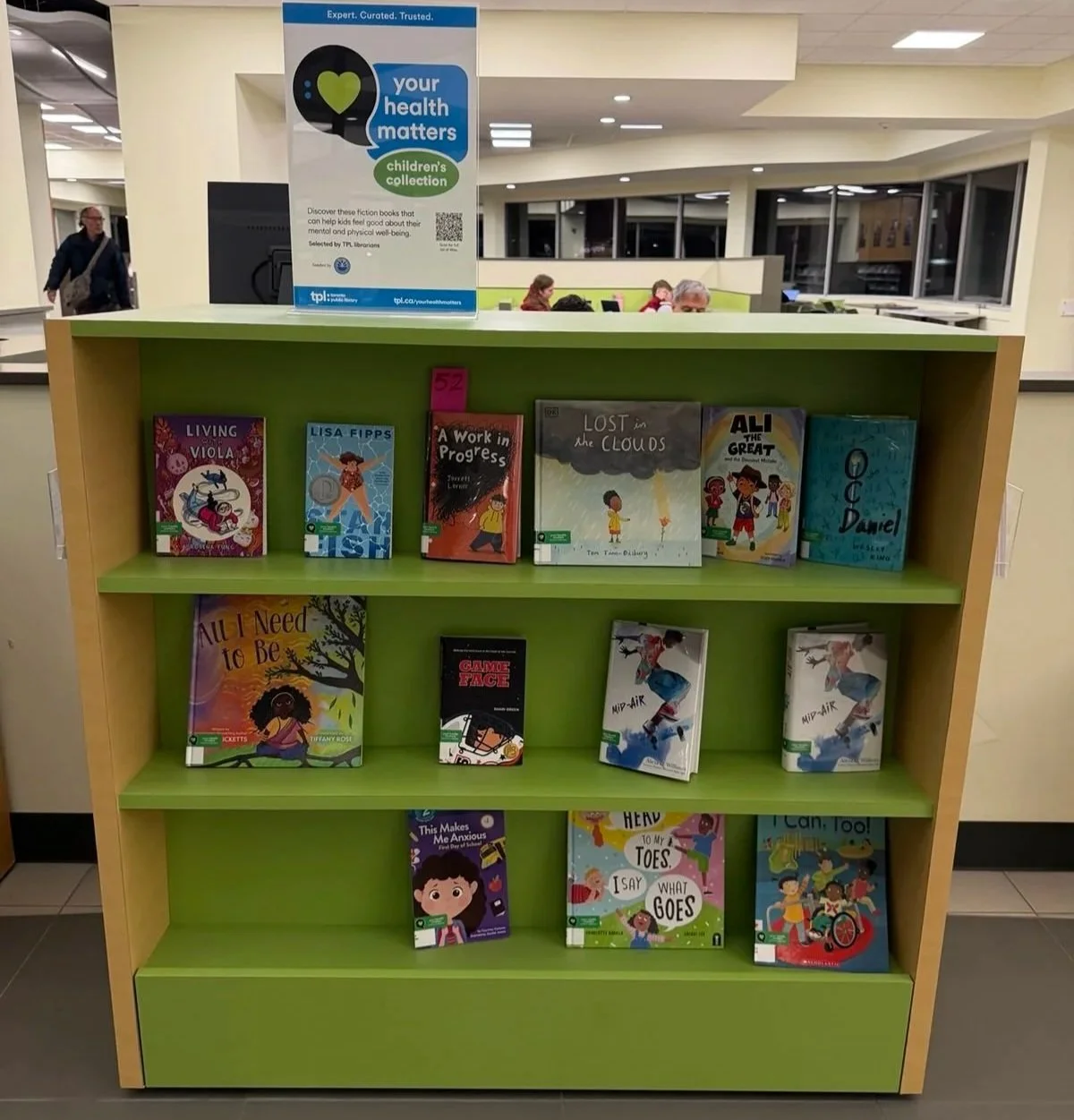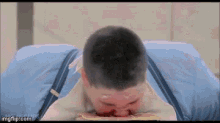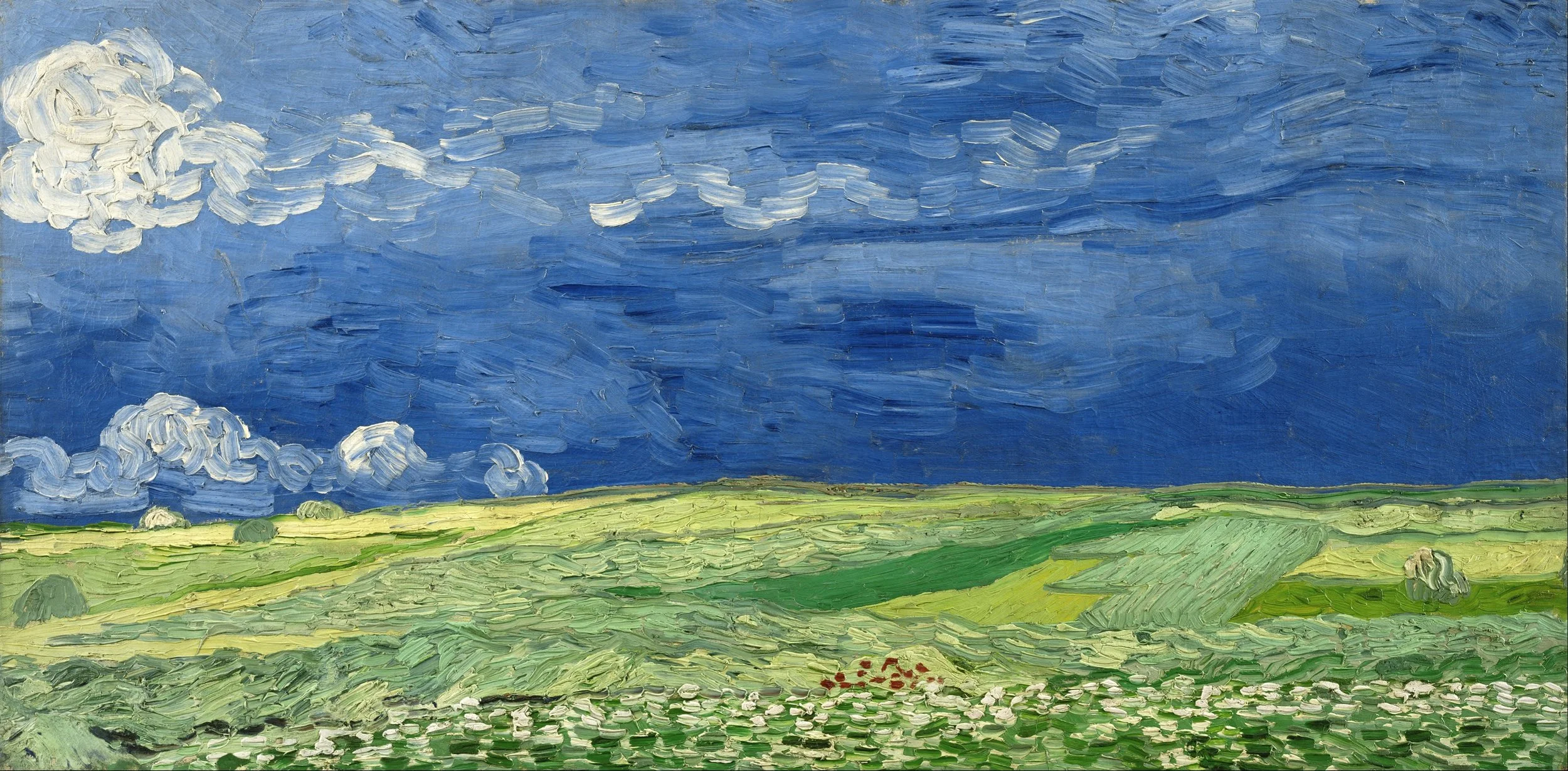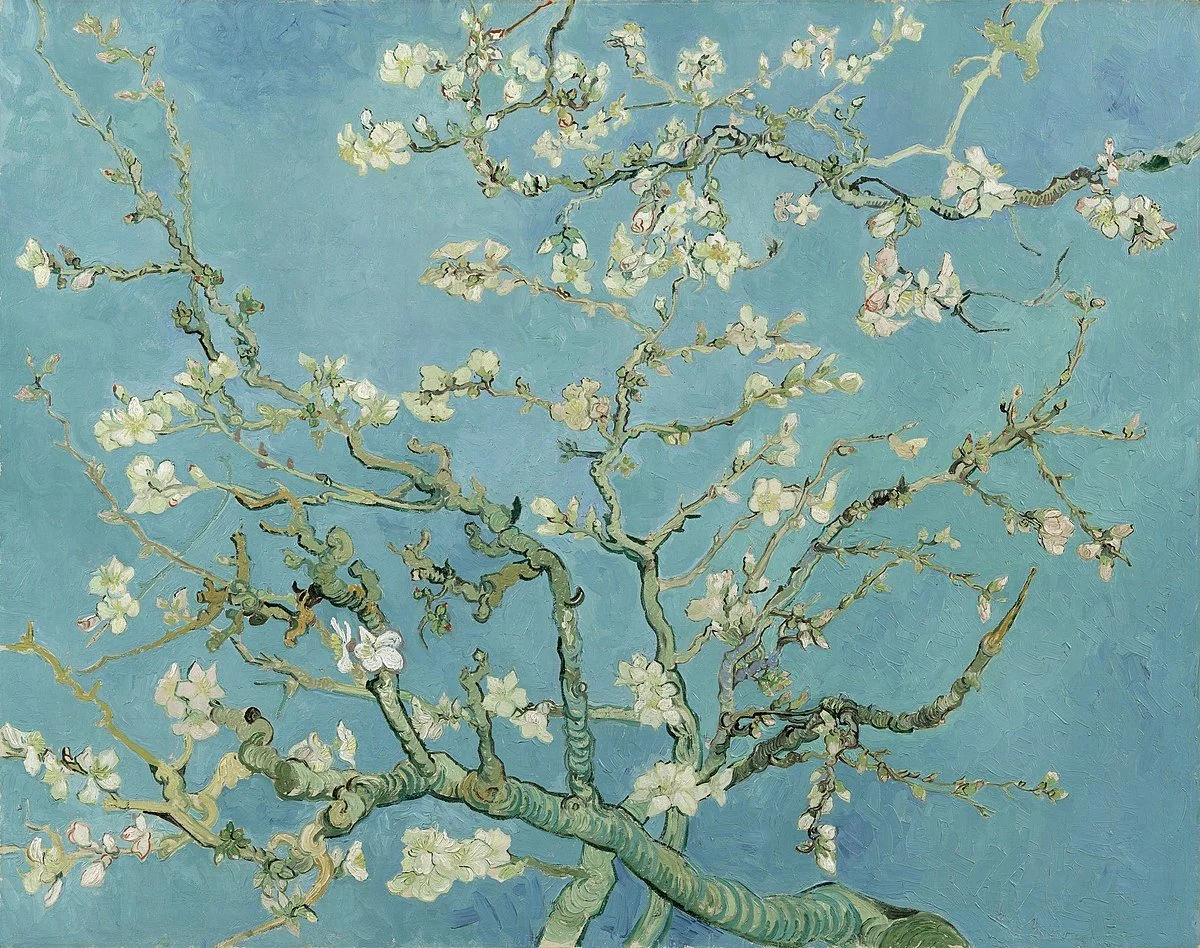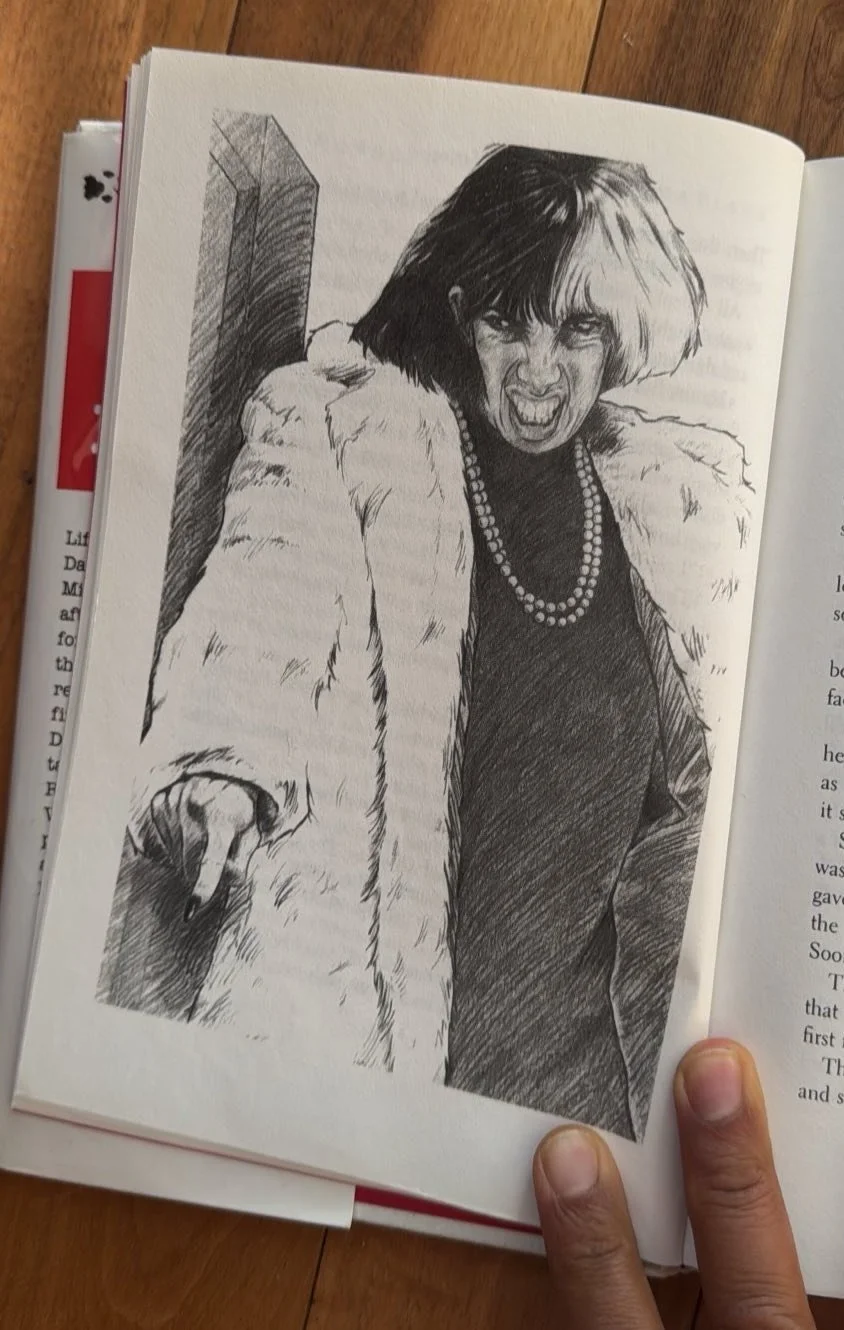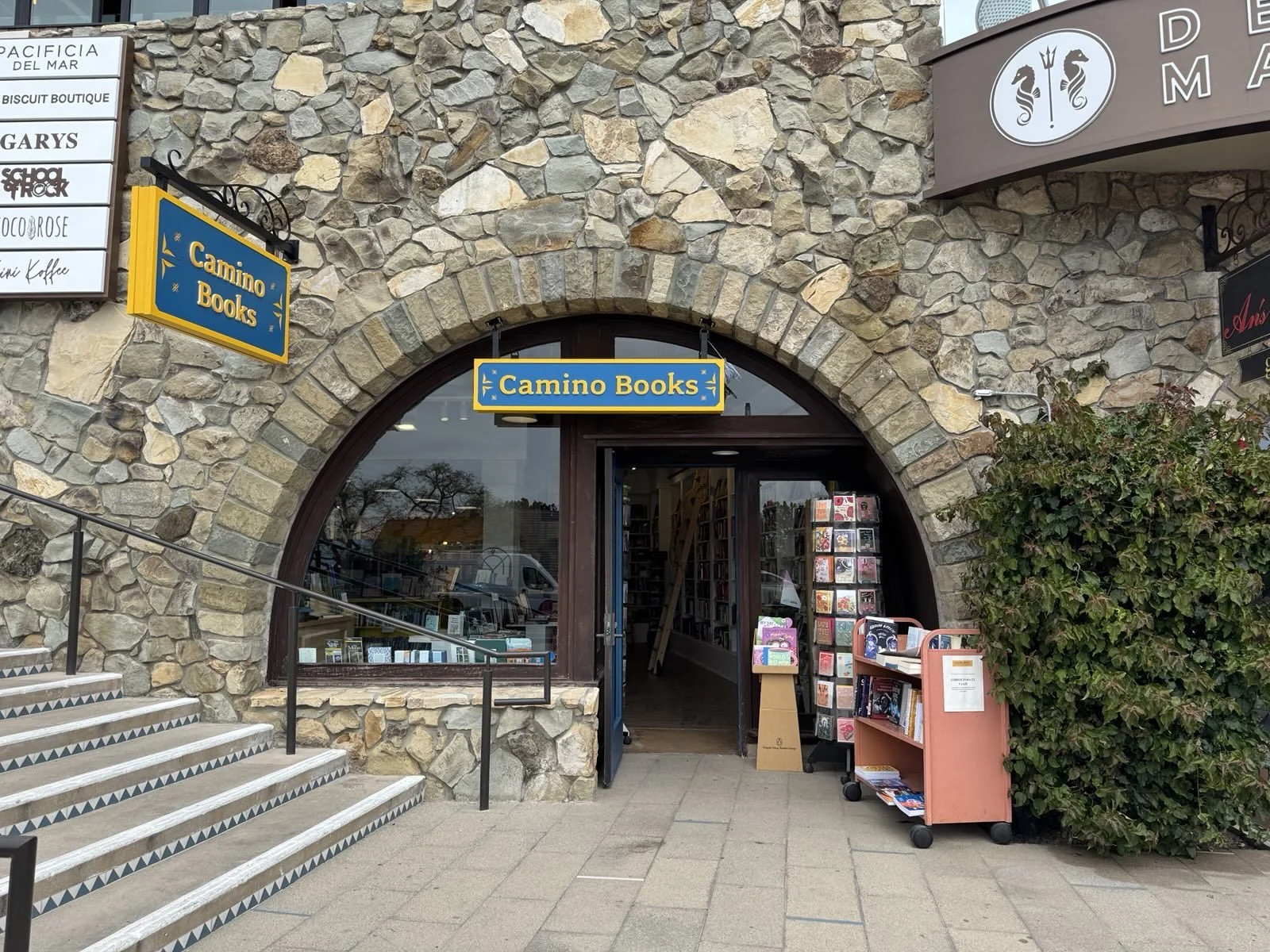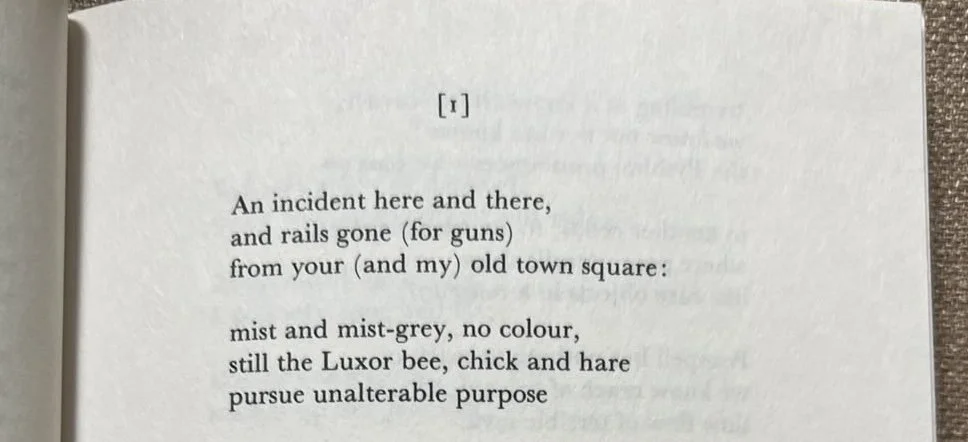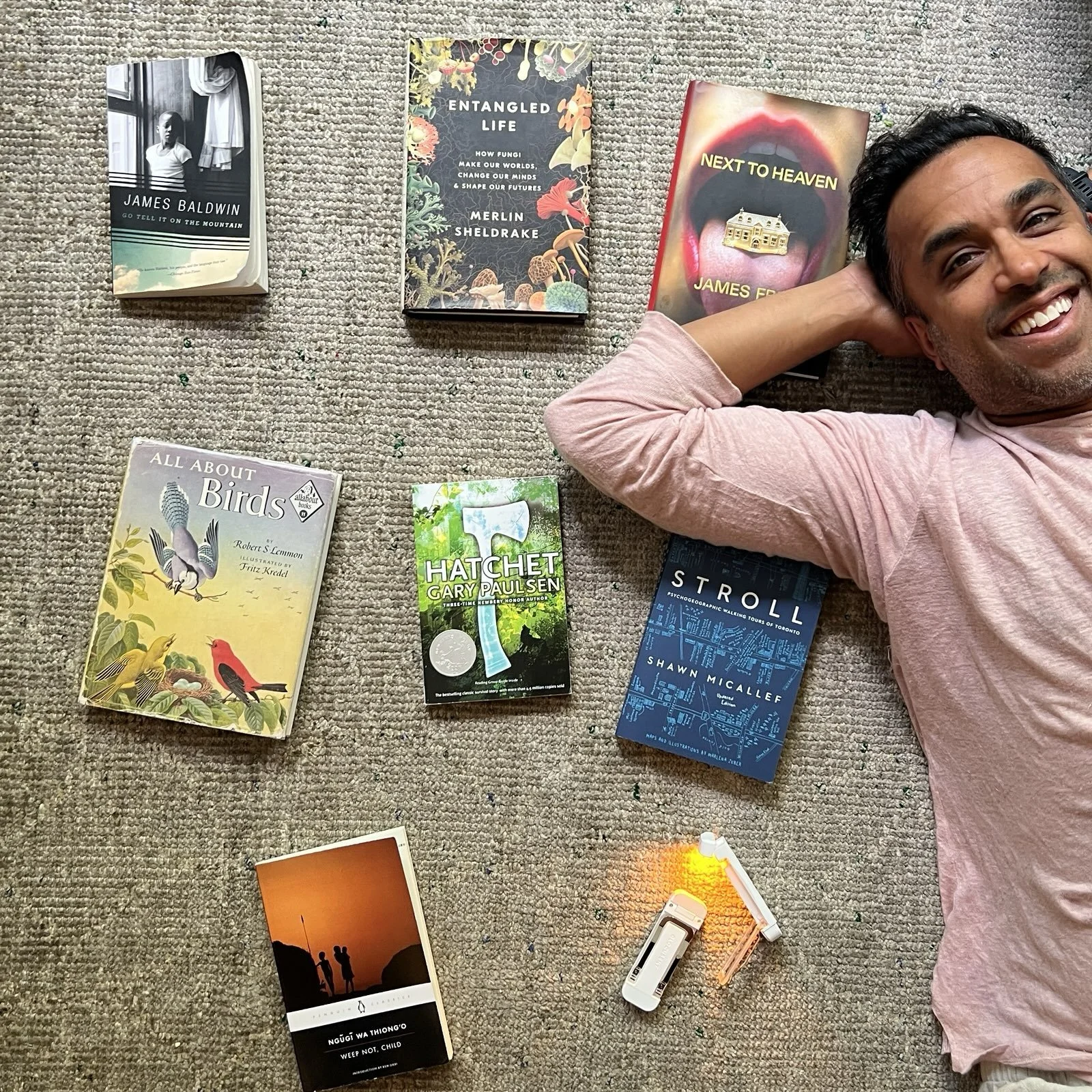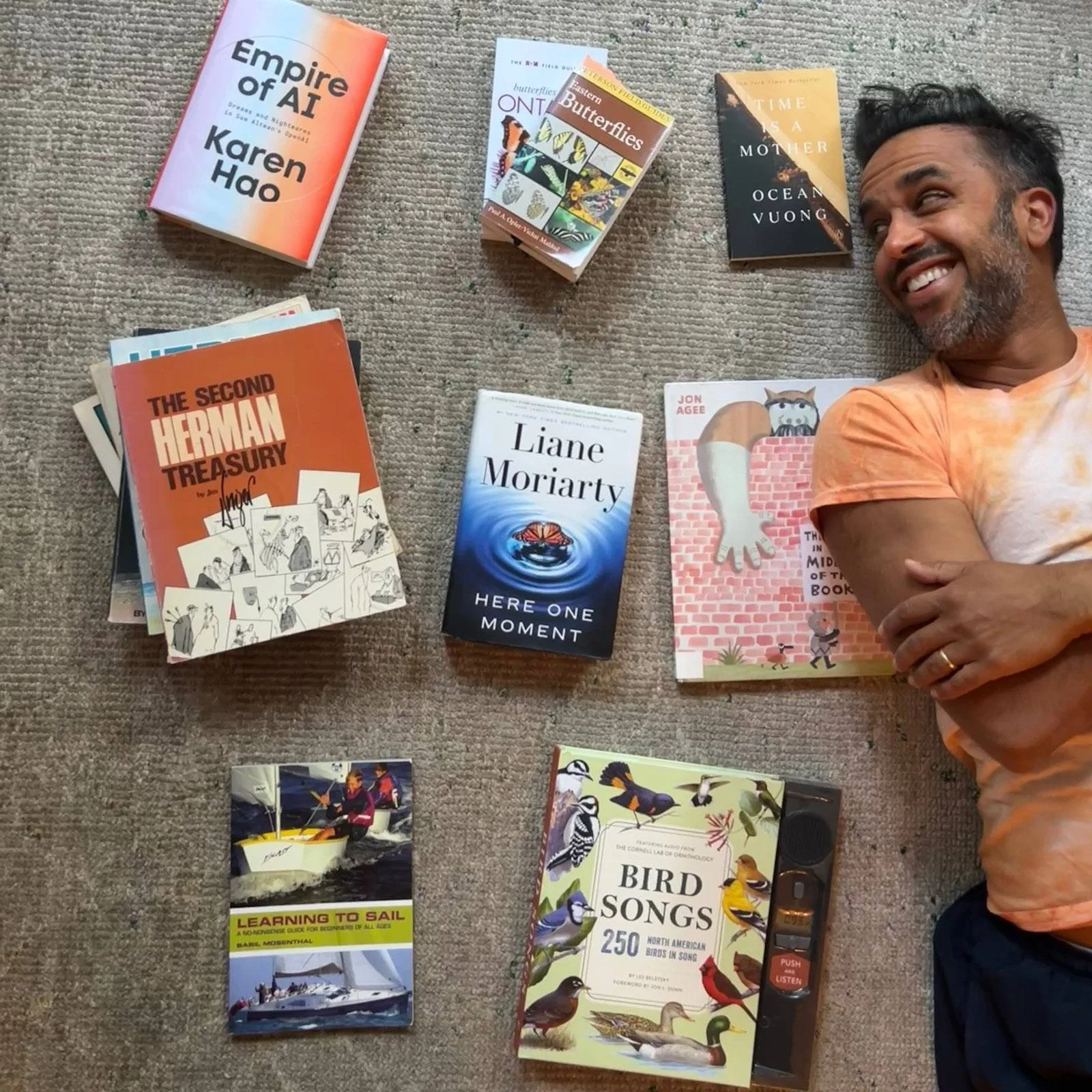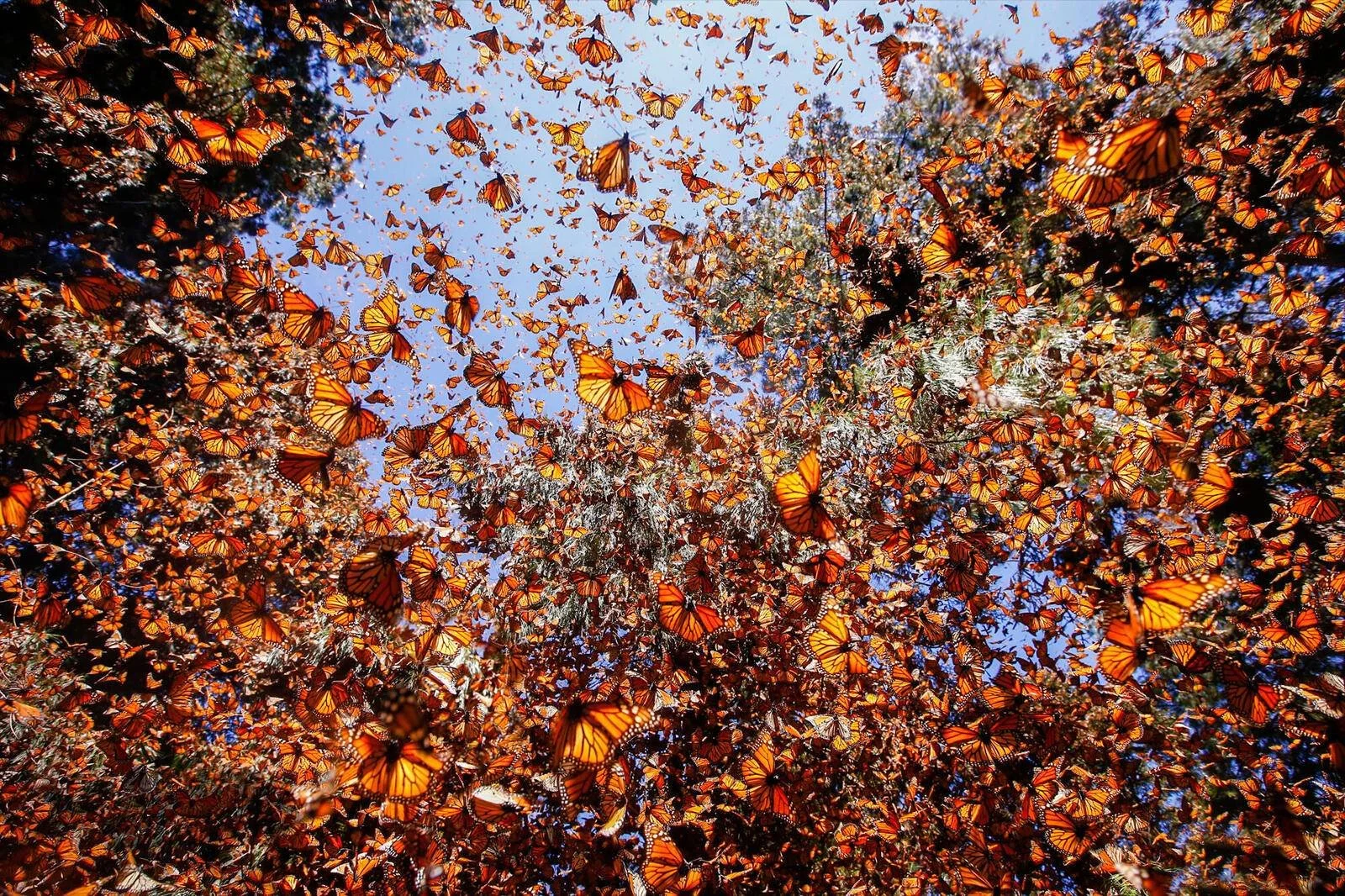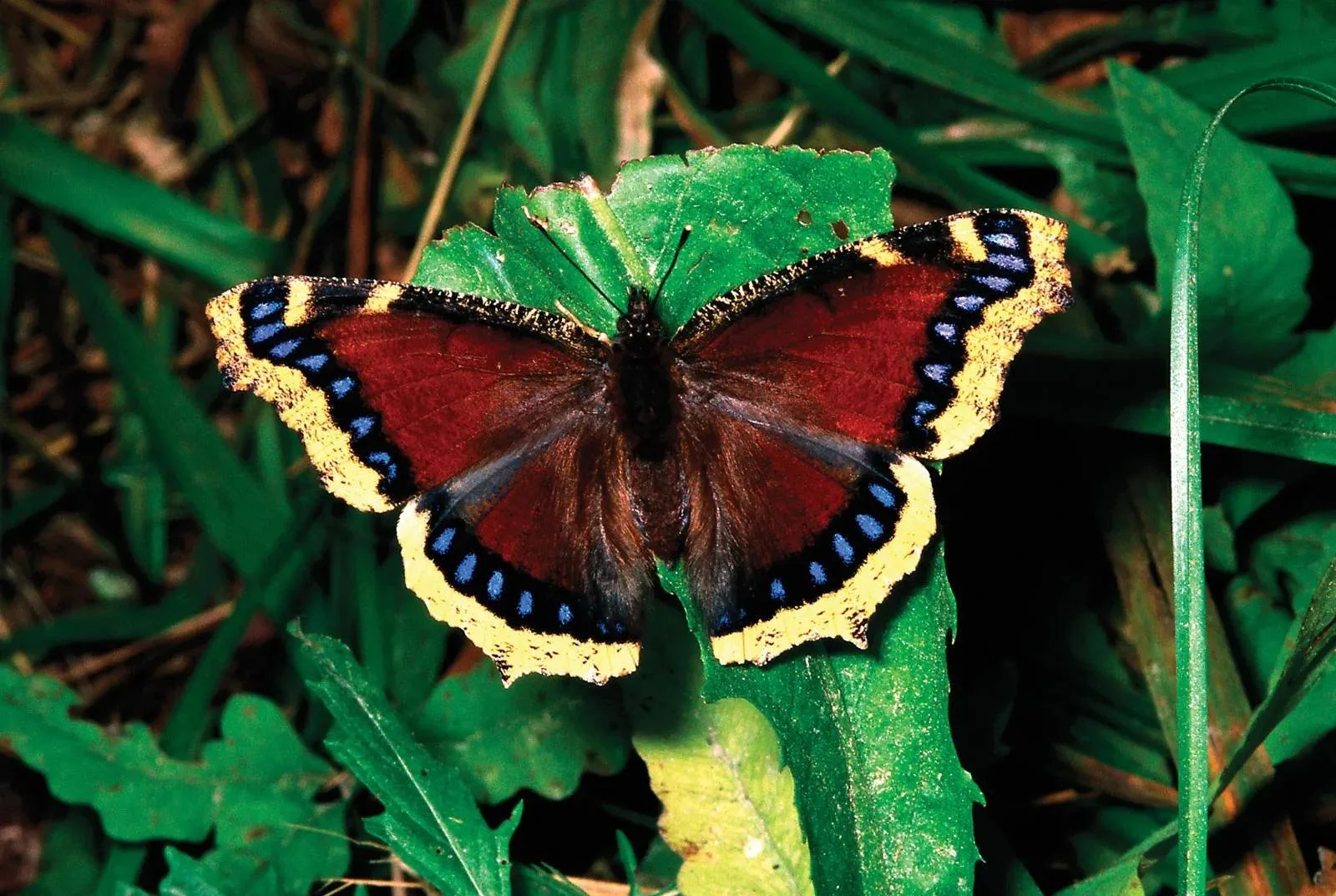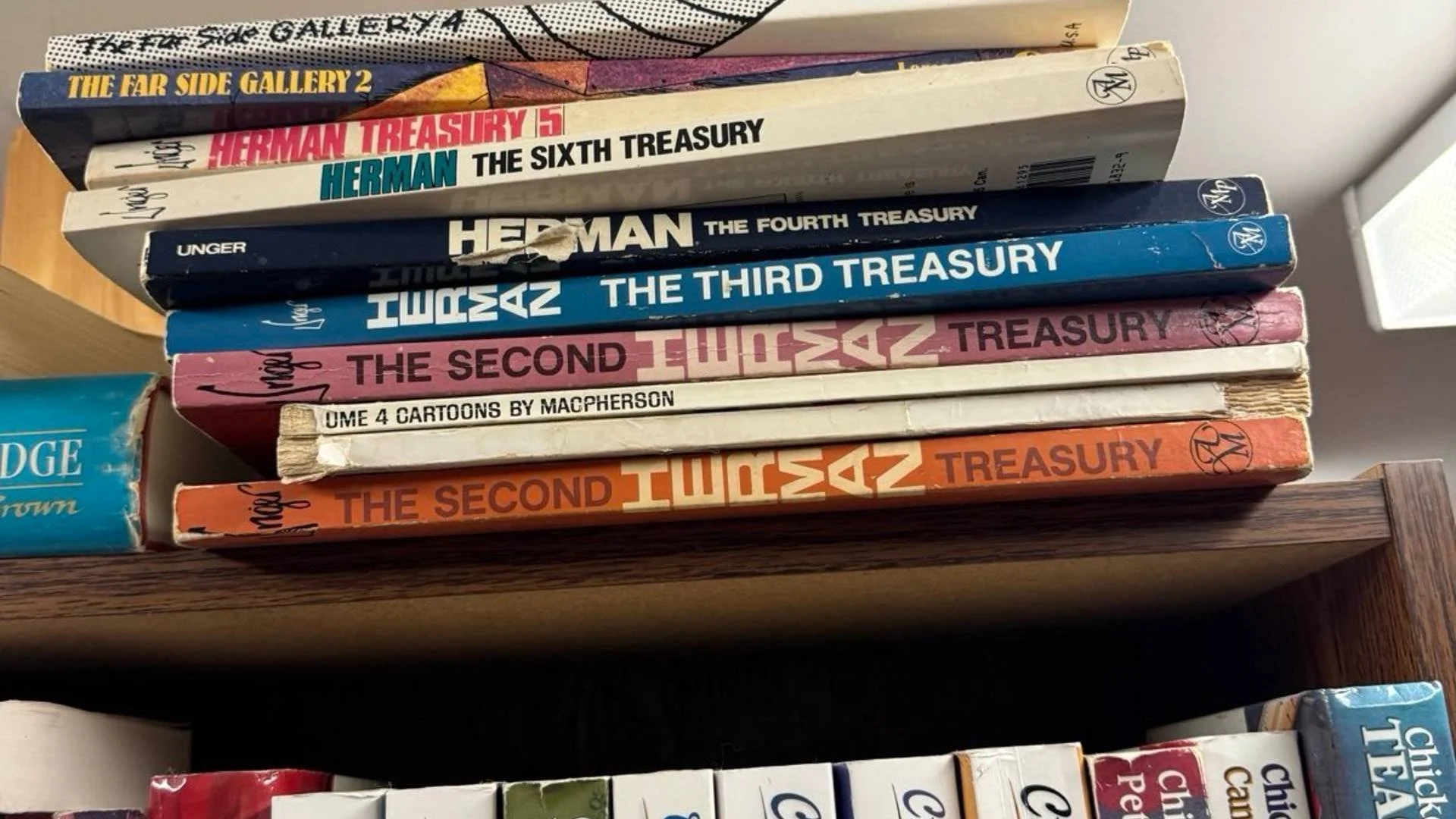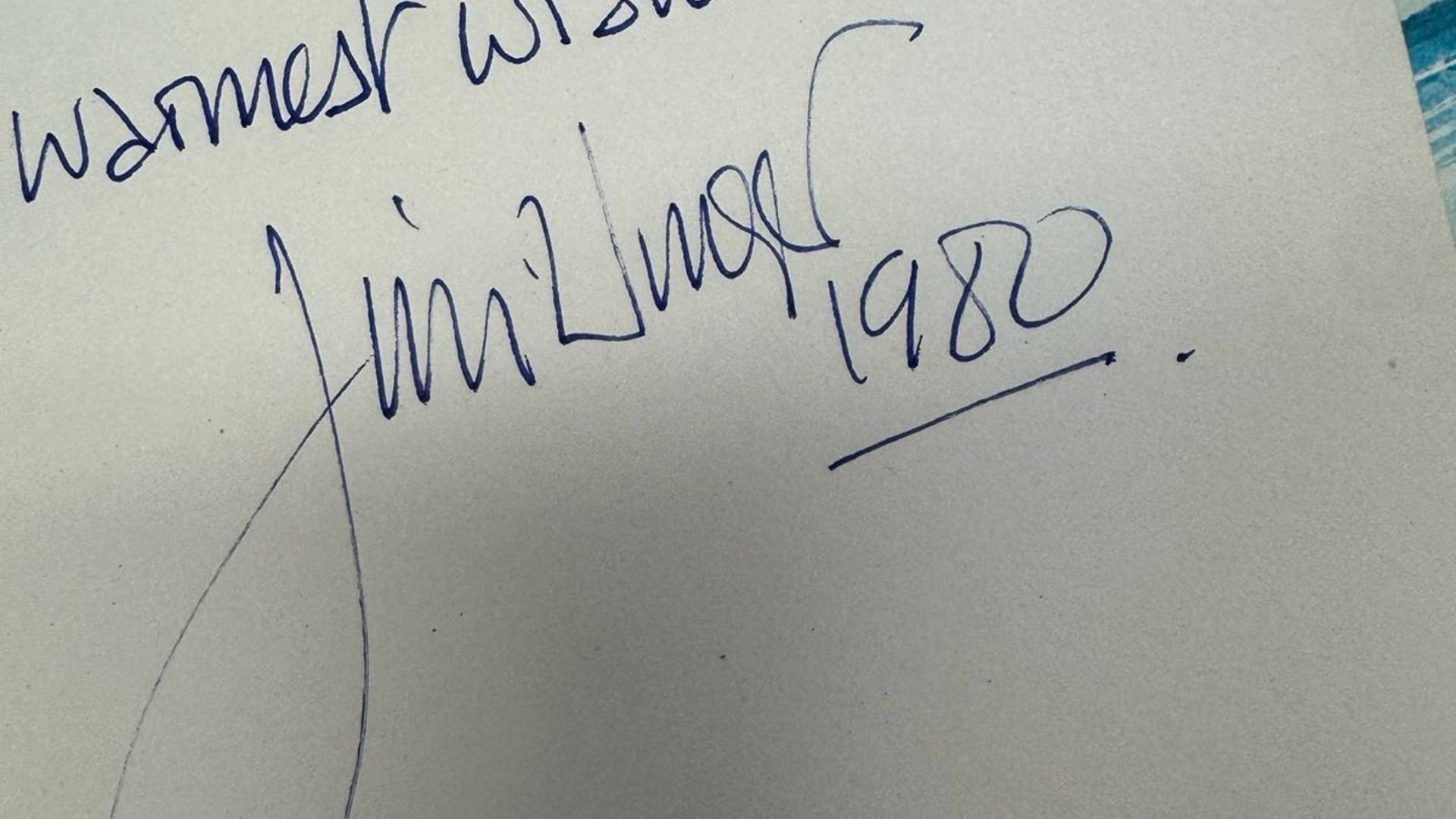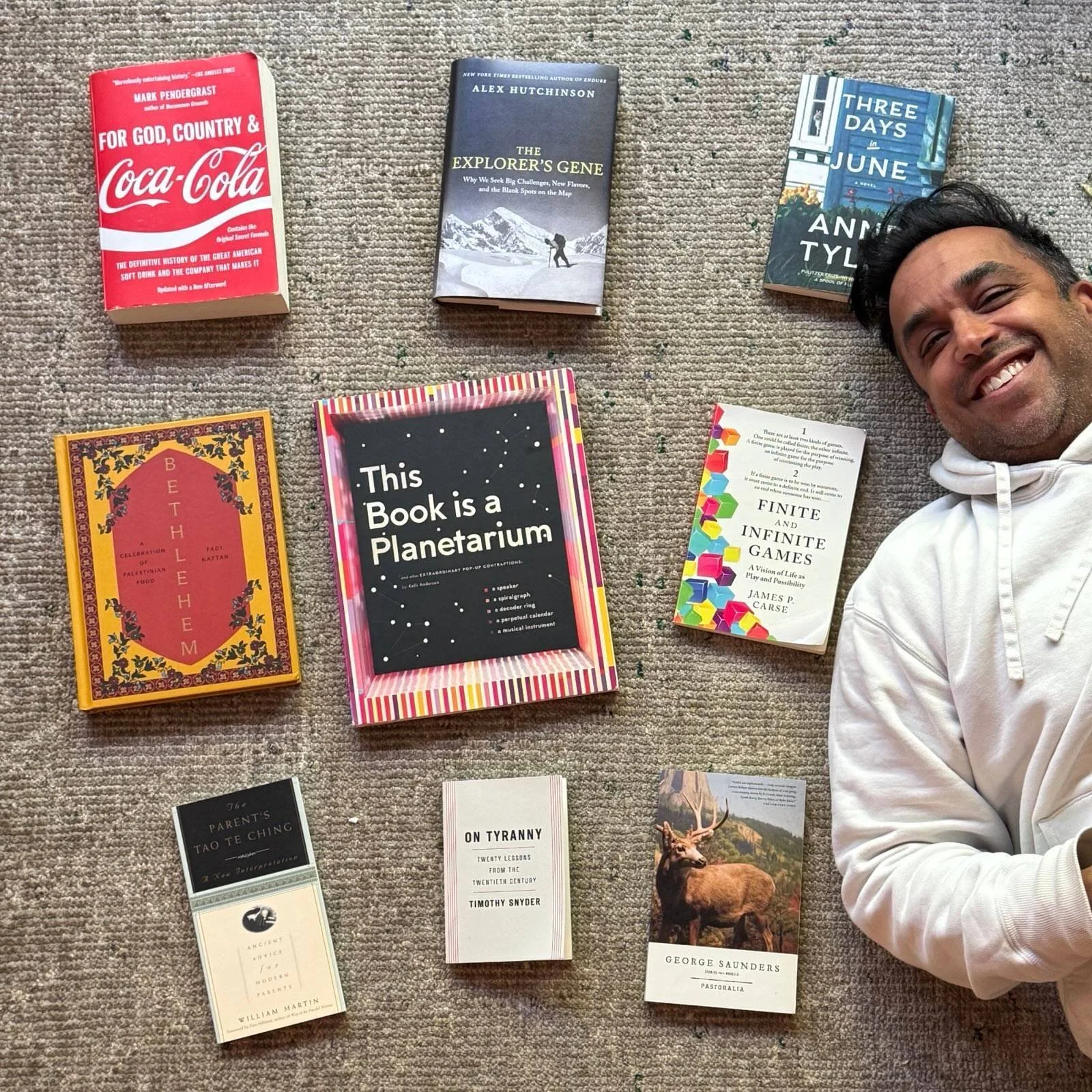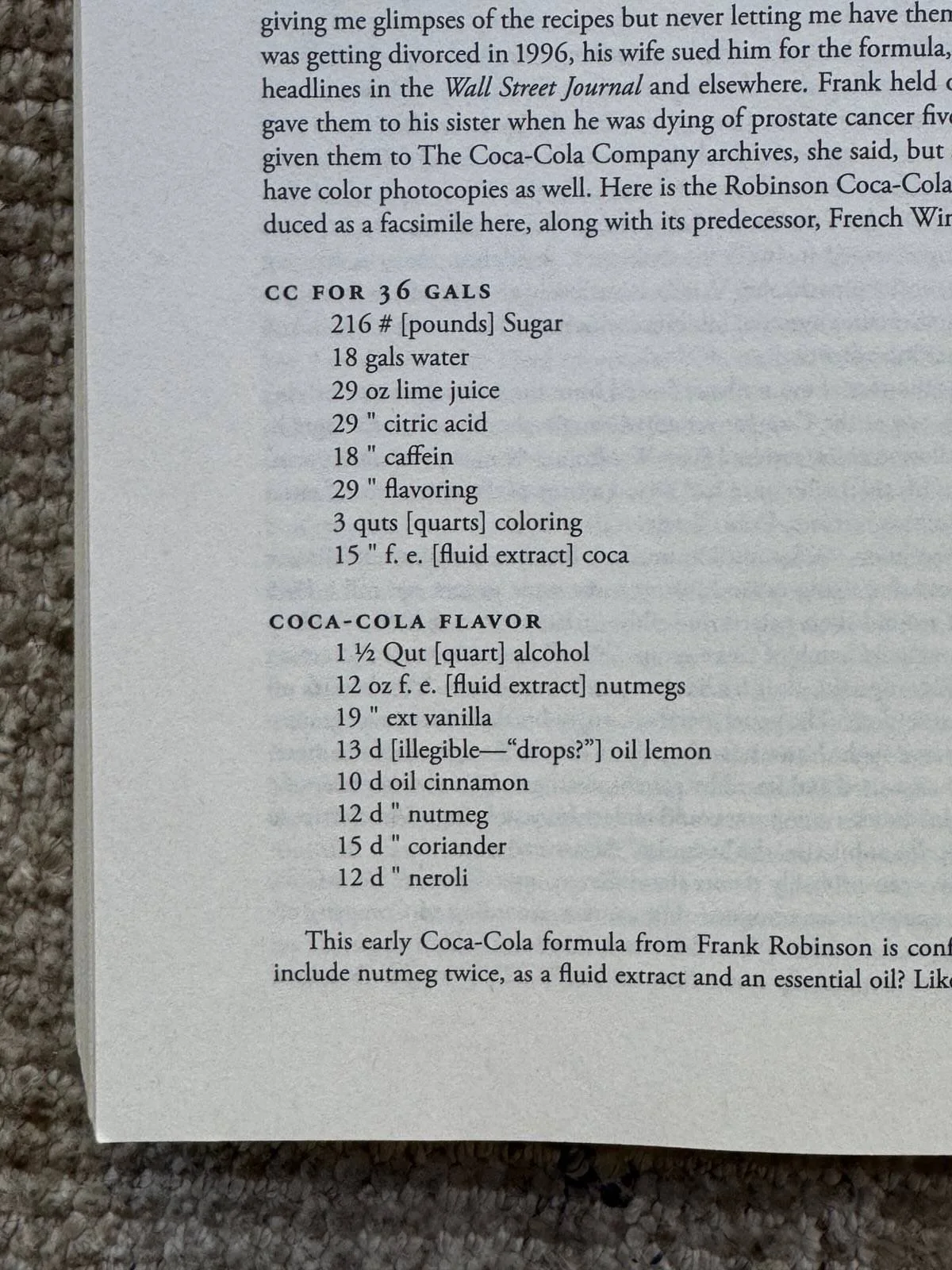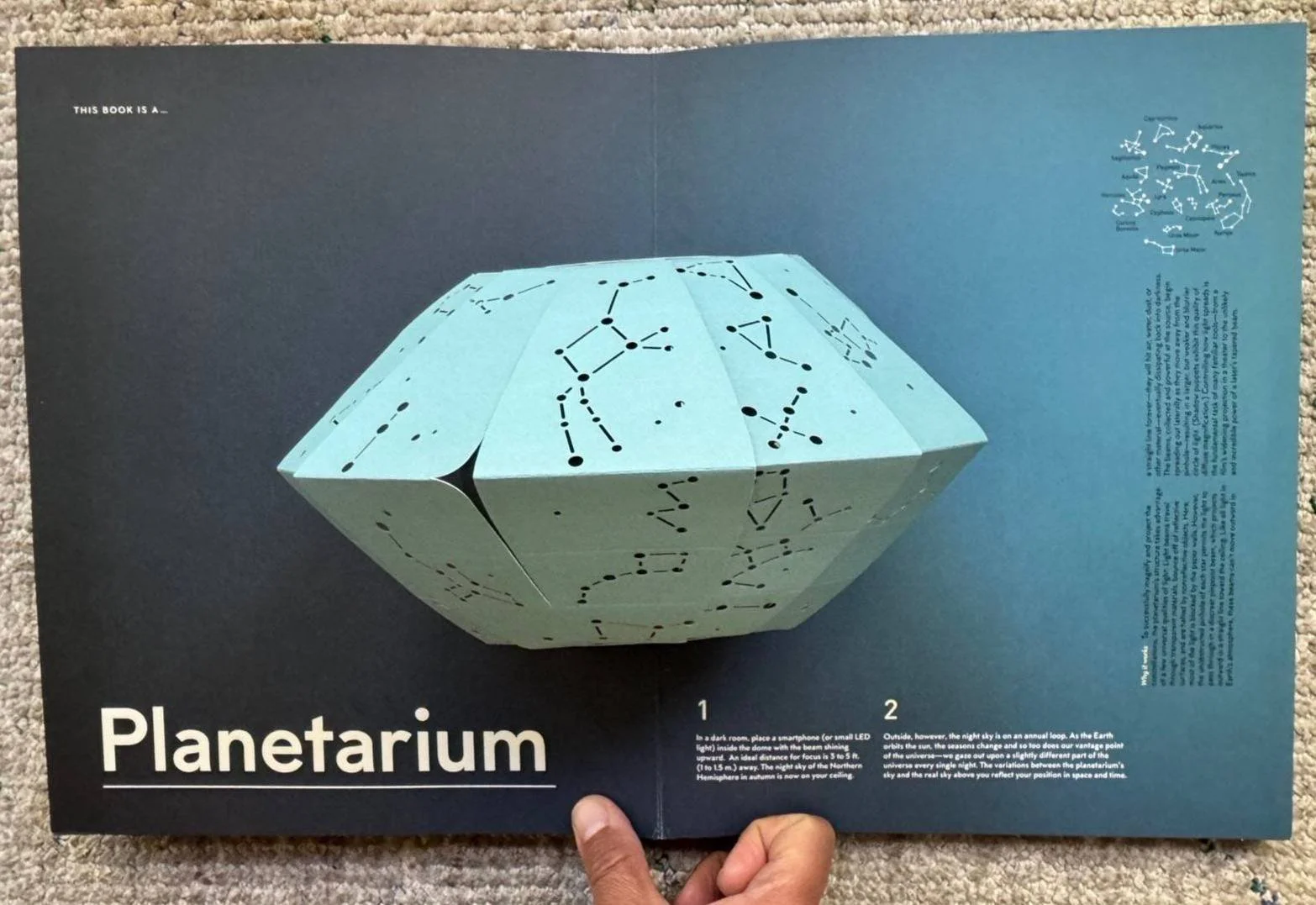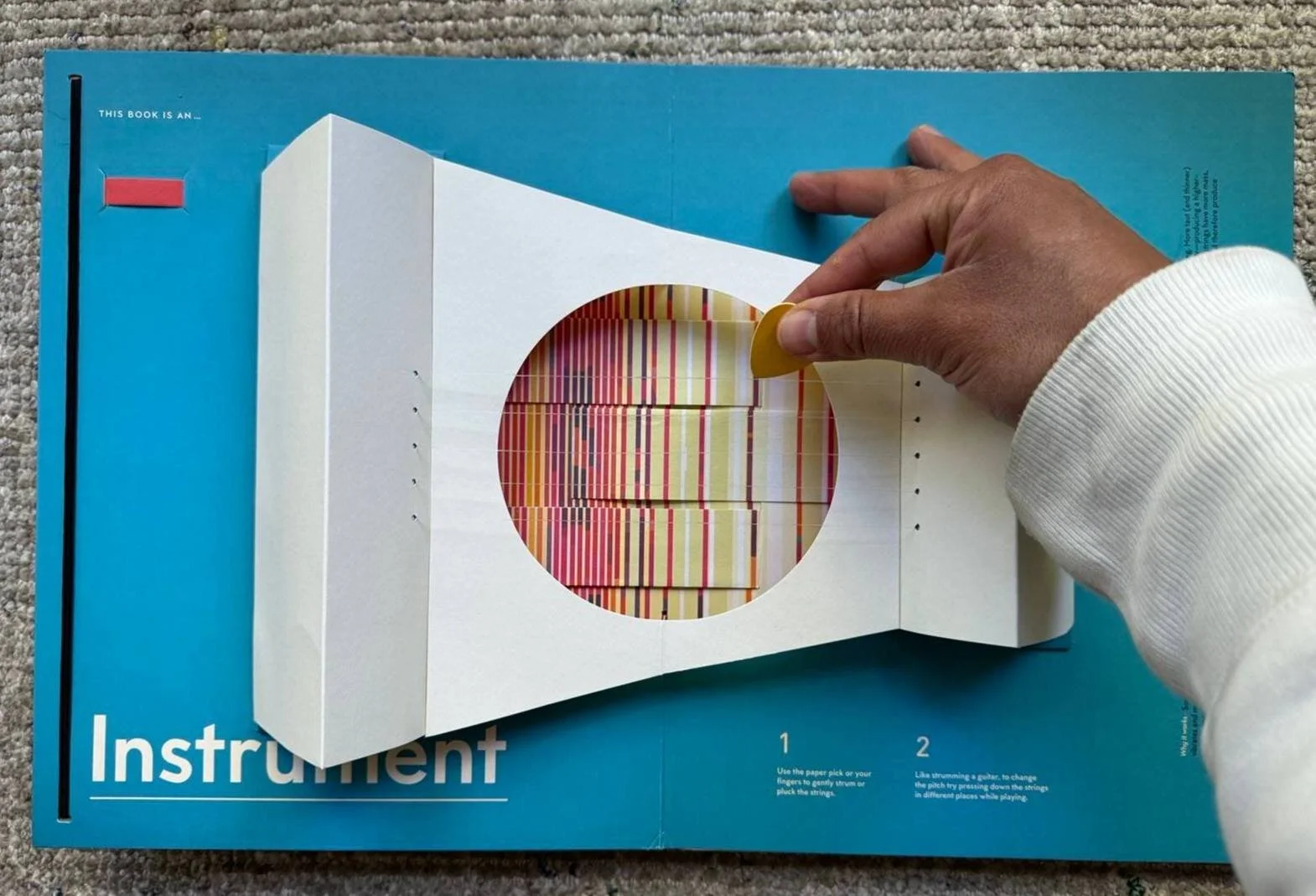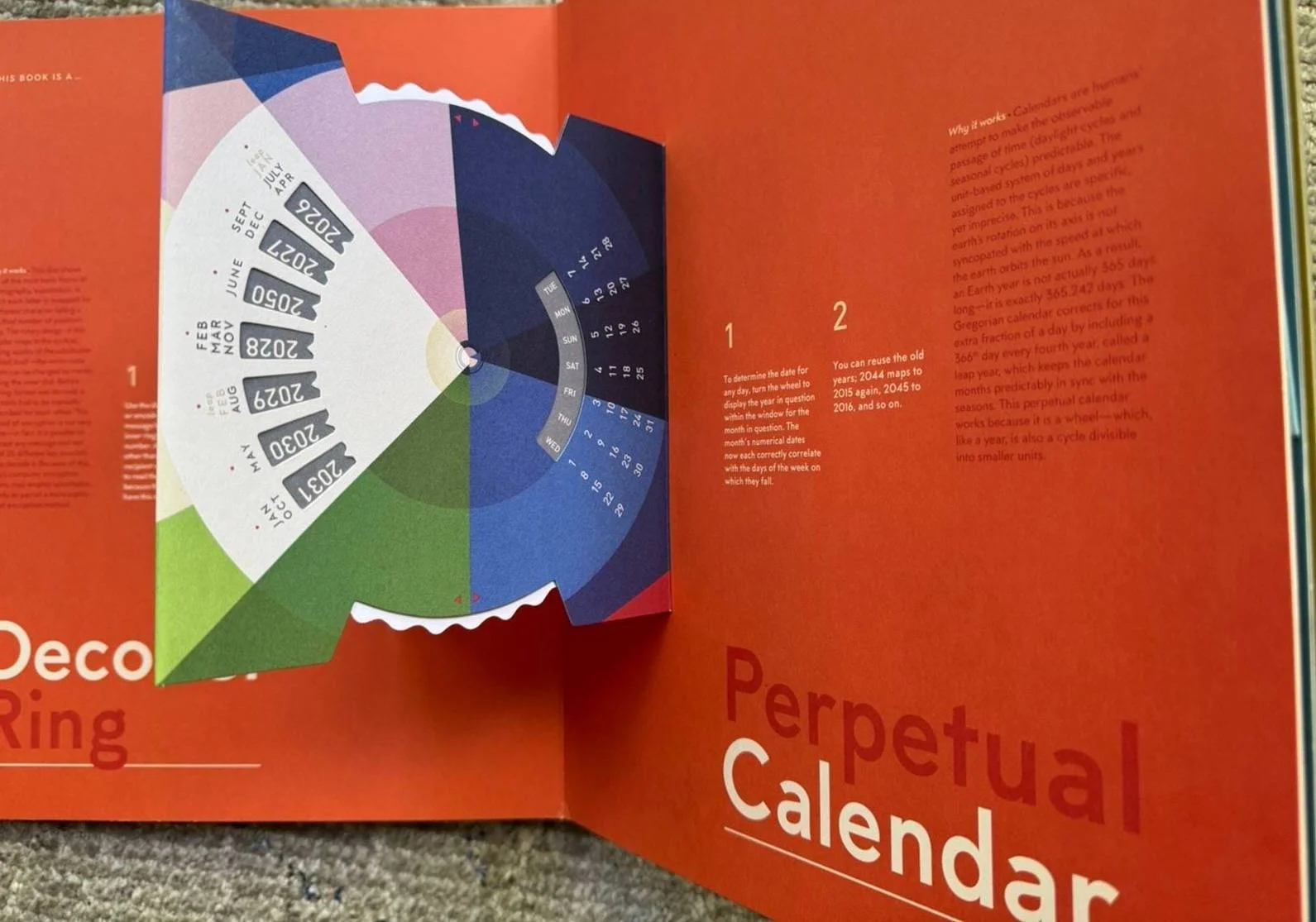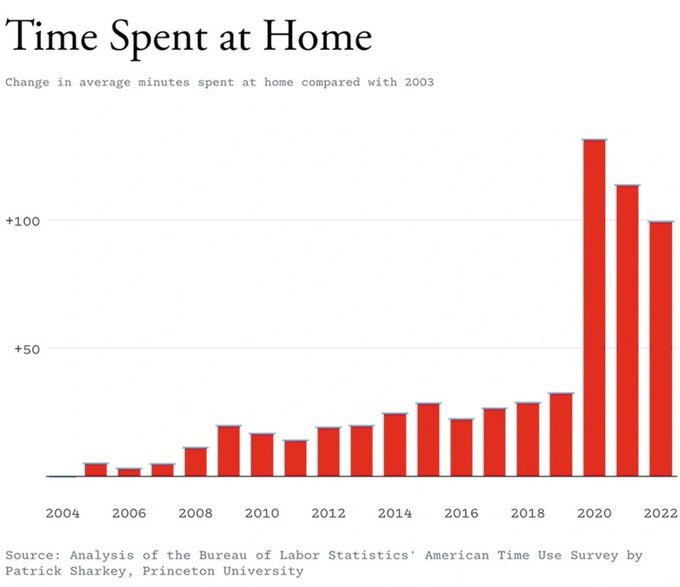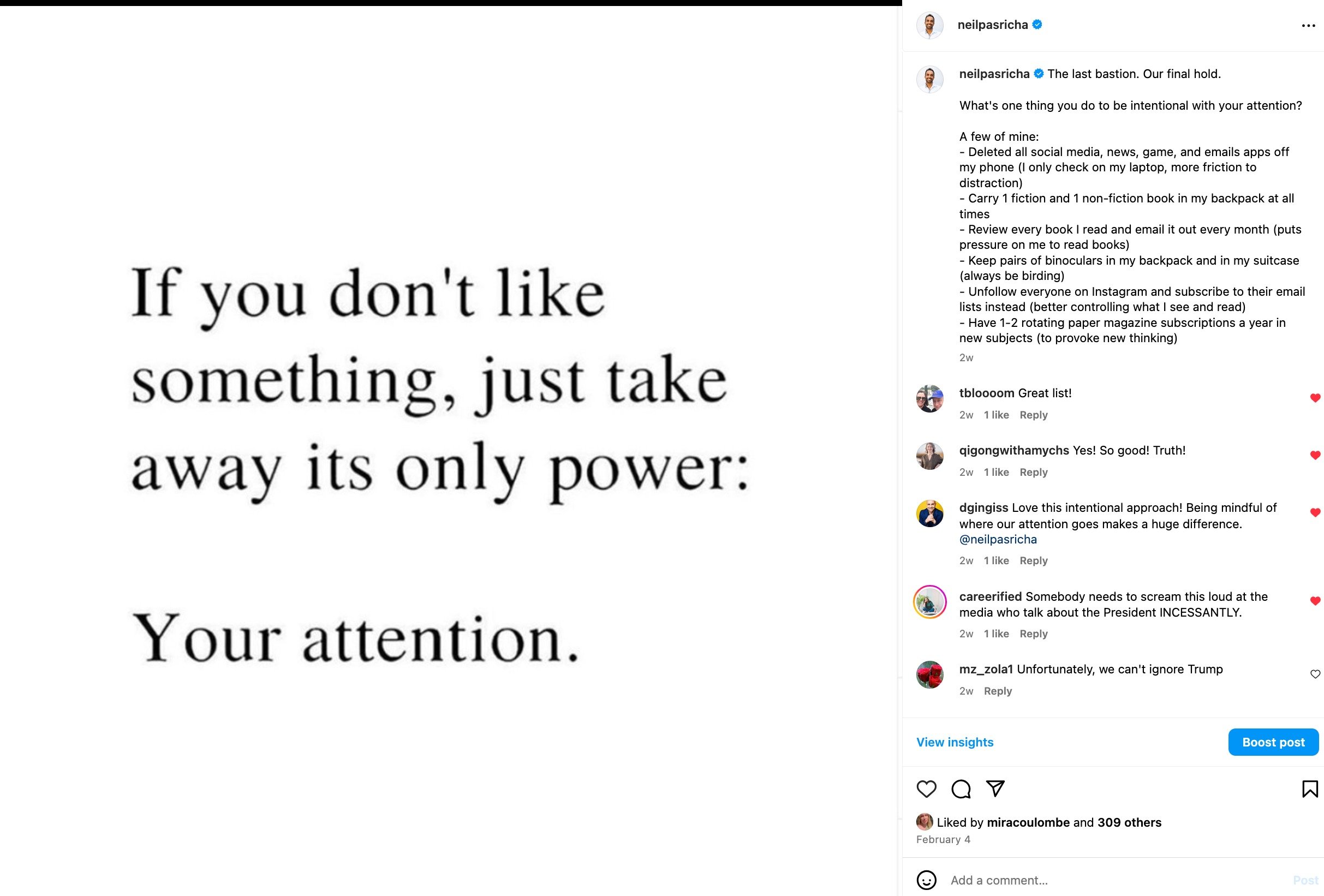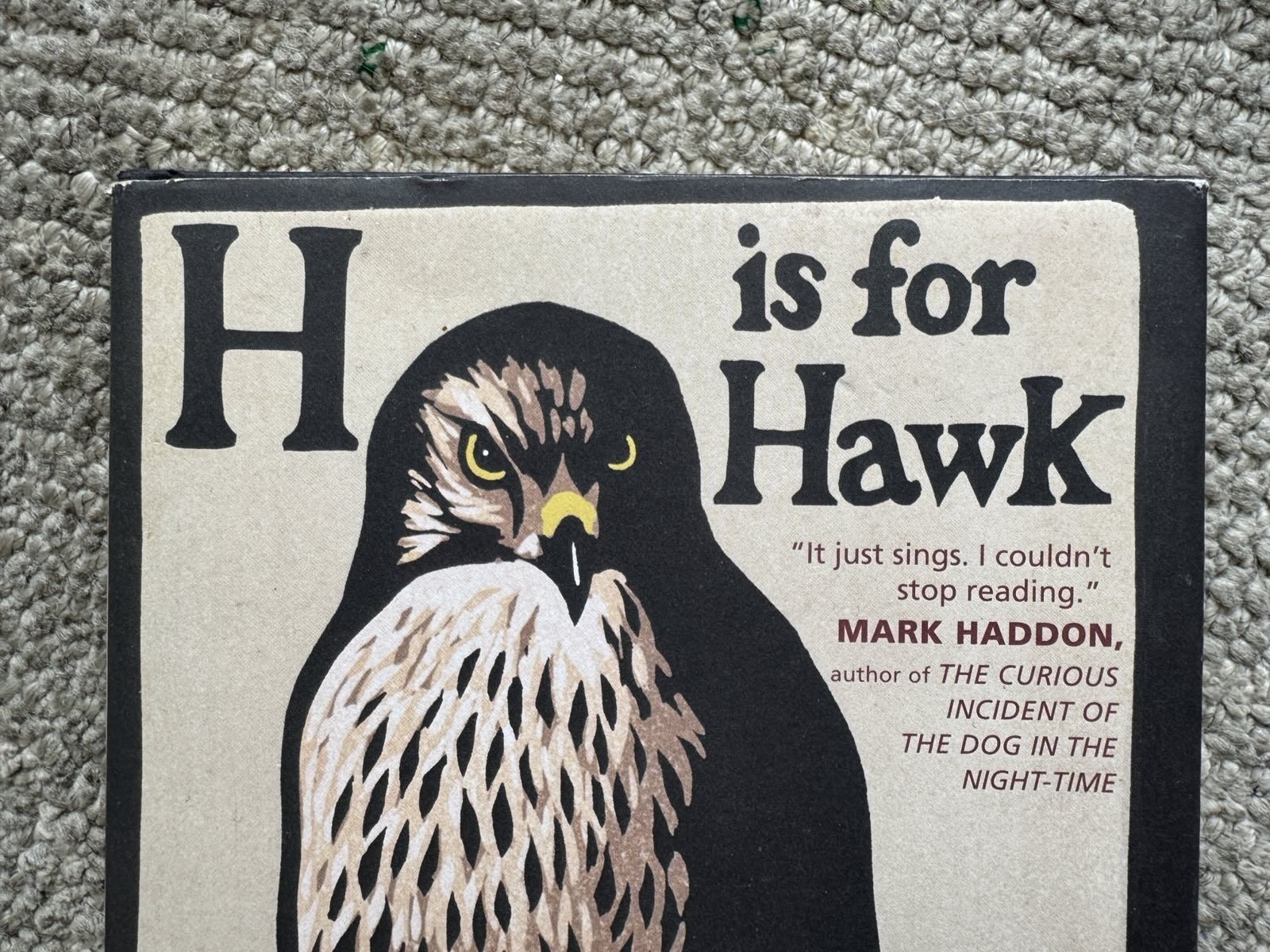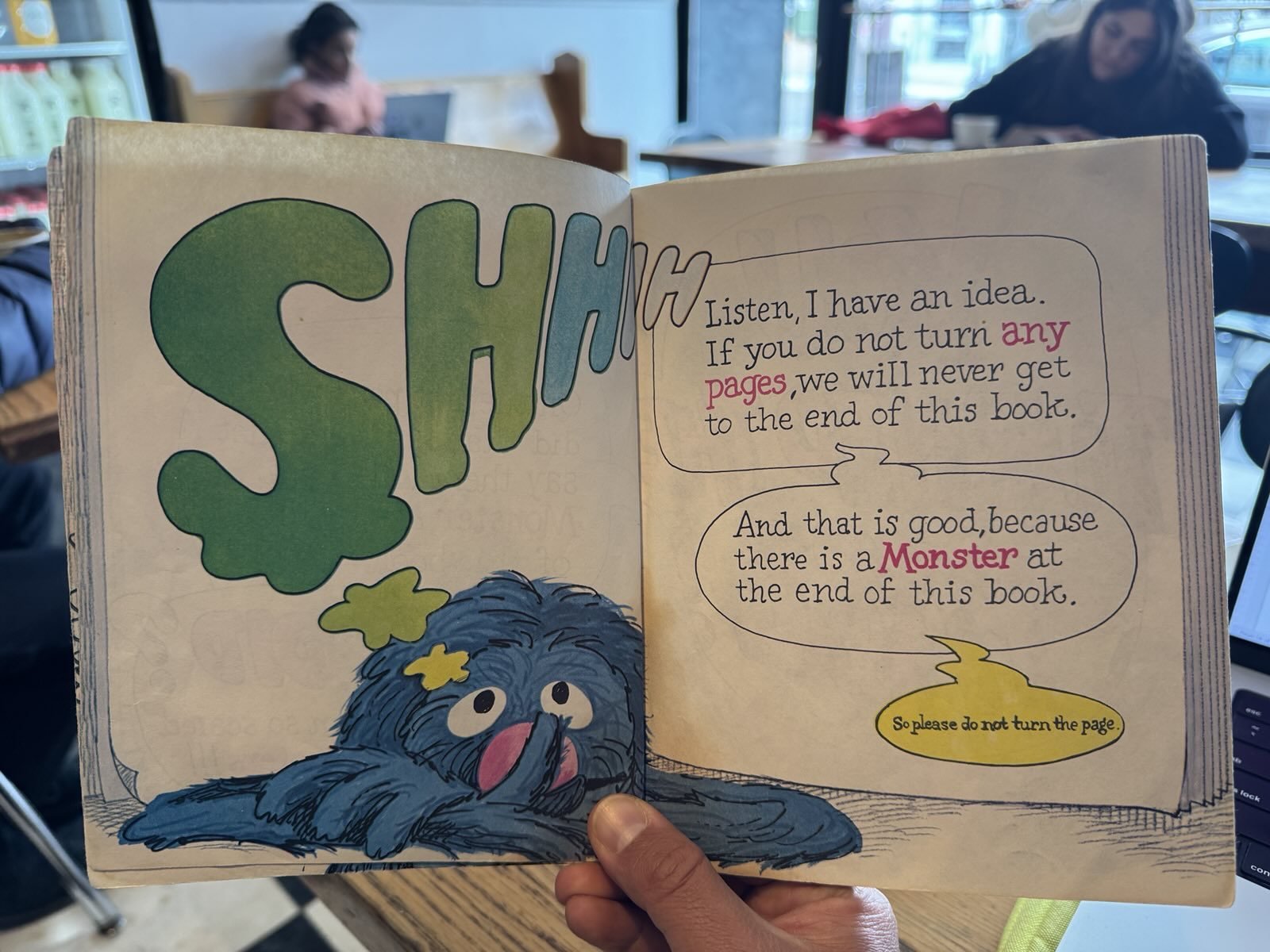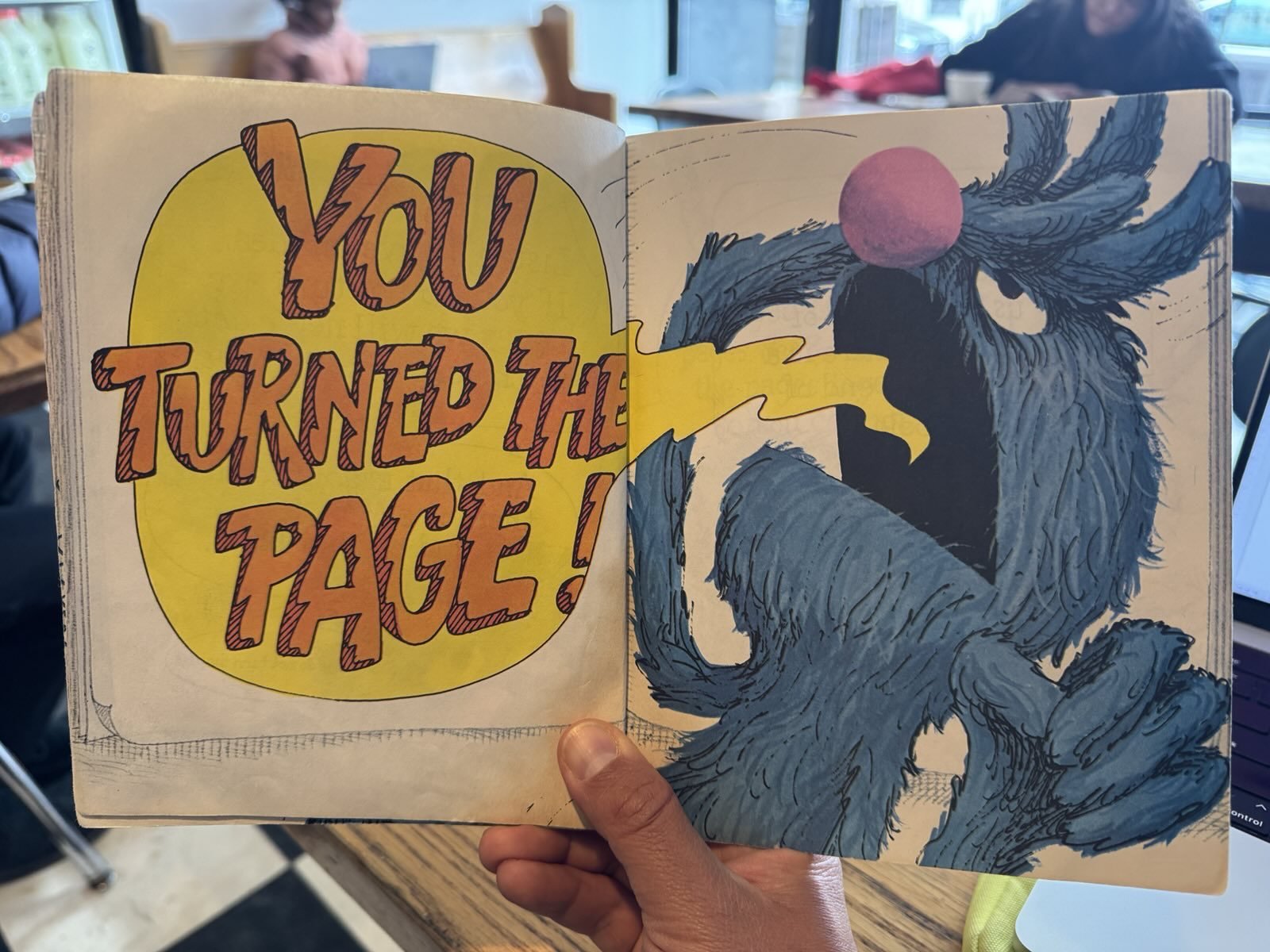Neil's Monthly Book Club is my oldest and most popular email newsletter. Click here to subscribe.
Hey everyone,
Scroll down to the picture for the book recos!
Or hang up here and let's open some letters from your fellow readers in our spirit of connection and community.
As always, to send me a letter just hit reply!
Okay, let’s do it:
Hey Neil, I am looking for book recommendations for a 10 year old for an upcoming birthday for my nieces and nephew. I would like to make it special and something they can take as a life lesson.
Jay
Hey Jay! I suggest ‘Hatchet’ (02/19), ‘Alice in Wonderland’ (04/19), ‘From the Mixed-Up Files of Mrs. Basil E. Frankweiler’ (02/21), and any ‘Calvin&Hobbes’ (04/22) … what else?
Hi Neil,
Thank you for your daily awesome emails. I can’t believe you hit #1 again. I have given members of my family blank journals and told them to put 1 awesome thing on each page. Because I think it’s important to look for the positive I encourage them to complete the journals by giving them $1000 when it’s finished. My daughter‘s family is working on their second one. There’s a place for bribery. My dad finished his and donated the thousand dollars to his favourite charity. And I really enjoy reading their journals.
Lynn
Whoa! What an idea, Lynn. I have to say … I kind of love it. Intrinsic motivation beats extrinsic, of course, but extrinsic beats ... none! LOL. For the room: What gratitude practices do you use in your family? Any fun or new ideas you’re trying? Please reply and share. (As a sidenote I love the little gratitude zines Austin Kleon makes!)
What else?
Hi Neil,
My name is Dan, and you are a genius in what you do. In the same way that The Beatles made complicated chords turn into memorable catchy tunes, and in the style that Buffet and Munger (and ok Housel) simplified and taught investing for us mortals, you do the same by taking the broad topic of literature and with humility and patience and dedication, simplify and communicate in a style that makes us all better for it.
Too kind, Dan, thank you. To borrow a question from my friend Michael Bungay-Stanier may I ask ... what is your world?
I am 66 years old and still practice family medicine, and my wife is a teacher-librarian in an elementary school. We live in British Columbia. We were at the game when Joe hit the home run. We didn’t get home until daylight the next morning and I lost my voice for a week! I digress. I’ve been meaning to write you for quite a few years. I love books. —Dan O.
Me too. I love book love. I love book people! I like to highlight my favourite quotes and scrawl little questions in the margins when I read them. Sometimes I even email the author! Sometimes they reply. Sometimes they don’t. I’ve always wanted to be a writer who replies.
What else?
Hi Neil,
I'm currently reading ‘The Happiness Equation’ and thought you might be mildly interested in my reaction to your "never retire" section. I'm 41, left the military after 18 years, and now work in mining (potash). I'm happily married with no kids. My wife works in healthcare. For me work is a duty and a service more than passion. I get satisfaction out of my small part of helping to feed the world and I enjoy the people I work with. But at a certain point my watch will end and someone else will take my place. Based on my wife's family medical history, she is unlikely to be around much past her 70s. Any of us could die tomorrow, but how am I going to feel if I work until the day one of us dies, knowing we could have afforded to spend every day together for years and decided not to just so I would have an alarm clock and could feel I earned my time sitting exhausted on the couch? (My alarm clock starts at 3:45 a.m. and I get home around 6:30 p.m.) I can see you're not specifically talking to us who are bluer in the collar (the meatpacking plant line) though I am curious what meatpacker-types like me are really meant to take from the whole thing, then. For me, when I leave my job it will be to take my wife on adventures around the world. To spend time with my parents and friends. To work on old cars with my dad. I do all of this now, but I would do it all a lot more if I were working less. Pleasant conversations with co-workers and alarm clocks are fine and all. But I'm getting more mental stimulation from figuring out how to get a Nissan Leaf EV drivetrain to run a 1950 Dodge pickup truck than I do at my job. And my relationship with my wife and family is deeper than with the friendly co-workers. I am curious how your never retire message is typically received. Do people become grumpy as I did?
Kalin B
Ha! I love your letter, Kalin. It’s not grumpy! Believe me, if you think that’s grumpy don’t read my YouTube comments! But yeah, looking back, the chapter title “Never Retire” in ‘The Happiness Equation’ was probably more provocative than I'd use today. I think the more nuanced thought is that you always need to be doing SOMETHING (fixing cars) with PEOPLE (your wife, friends) so you have PURPOSE (ikigai, a reason to get out of bed) ... which … definitely sounds like you have. For some I know retirement has led to the loss of social connection ... structure in their lives ... stimulation and learning ... or, really, any story or purpose ... and I’ve seen that really hurt mental health. That’s where I was writing from. But your plan sounds wonderful and I appreciate your thoughtful reply. Maybe the revised chapter title should be NEVER RETIRE UNLESS YOU FOR SURE ARE GETTING THE 4 S'S ELSEWHERE. (More on my 4 S’s here.)
What else?
Neil,
Yesterday we were out for breakfast with a dear friend. I cannot recall how but the Awesome books found their way into our conversation. I mentioned I have them but that I had misplaced ‘The Book of Awesome’. Perhaps I lent it or gave it to someone. Anyway, he said he would be right back and … he left the restaurant! He came back with ‘The Book of Awesome’ in his hand. When he sees books he thinks his friends would enjoy, he picks one up. He keeps the books in his car so he has them at hand when he wants to give one away. So, due to his act of kindness, my collection is complete once more. —Elizabeth P

